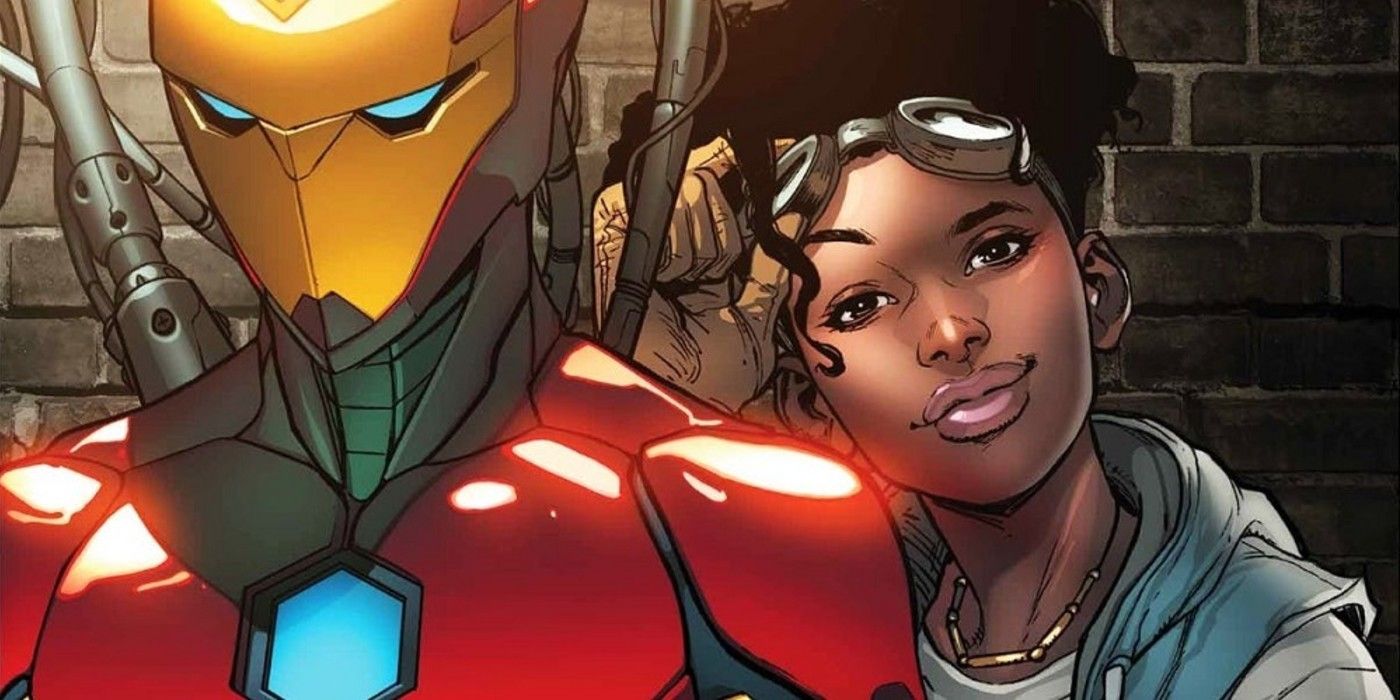Iron Man’s death in 2016’s Civil War II had a profound impact on the Marvel Universe, changing it forever. The 8-issue mini-series, written by Brian Michael Bendis (Action Comics) with art by David Marquez (Invincible Iron Man) drove a wedge between the heroes of the Marvel Universe, much like the first Civil War. And after the dust settled, several heroes, including the Hulk and Captain Marvel, found their status quo forever altered.
The first Civil War, published in 2006-2007, focused on ideological differences between Captain America and Iron Man over the Superhero Registration Act. The second focused on similar differences between Iron Man and Carol Danvers, aka Captain Marvel. The two did not see eye to eye on using a precognitive Inhuman to foretell and stop major crimes. It was a war between free will, embodied by Iron Man, and determinism, represented by Captain Marvel. Much like the first, the heroes came to blows, and in the process, lives were lost, War Machine and She-Hulk among them. Many other heroes found new purposes and even new lives!
After Iron Man’s death at the end of the event, Hank McCoy, AKA the Beast, discovered Tony had been experimenting on himself for years, but while it was clear something was happening to Tony’s body, he didn’t yet know what. Iron Man’s passing meant someone had to step up and claim the Iron mantle, and two candidates emerged: 15-year-old Riri Williams took the name Ironheart, supported by an AI copy of Tony, while Victor Von Doom briefly became the Infamous Iron Man, trying life as a hero. Captain Marvel, the one who actually struck Tony down, nevertheless received a blank check from the President to lead the superheroes of Earth. Finally, outside of Iron Man, no one person was altered by the events of Civil War II more than the Hulk. Executed by Hawkeye after Captain Marvel’s Inhuman charge predicted he would kill the Avengers, Hulk soon learned that he was functionally immortal, and his “Devil Hulk” persona emerged and began enacting its own twisted plan to fix the human world.

But Iron Man’s death was really the centerpiece of Civil War II, and some of its subtler consequences were the most important. Killing Tony may have been extreme, but it put Captain Marvel on the map as a major hero and an influencer on the grand scale – positions she holds to this day. Likewise, clearing way for Ironheart was a key building block of the new generation of young heroes, many of who have since gone from strength to strength in publications like Champions.
Finally, for Tony, his death actually moved the character away from being the man who was always right. More recent stories have treated Tony as a post-human being – someone who keeps beating death by artificial means, blurring the line between human and machine. In having Stark literally die from his need to control others (whether or not he’s philosophically right), Marvel complicated who Iron Man is in his own stories – not a billionaire superhero who’s always right, but a flawed man who keeps having to rebuild himself after major misjudgments. In many ways, Tony’s death represented a huge shift in Marvel’s storytelling priorities, and it’s only now – years later – that the path that began with Iron Man‘s death can be seen a little more clearly.




